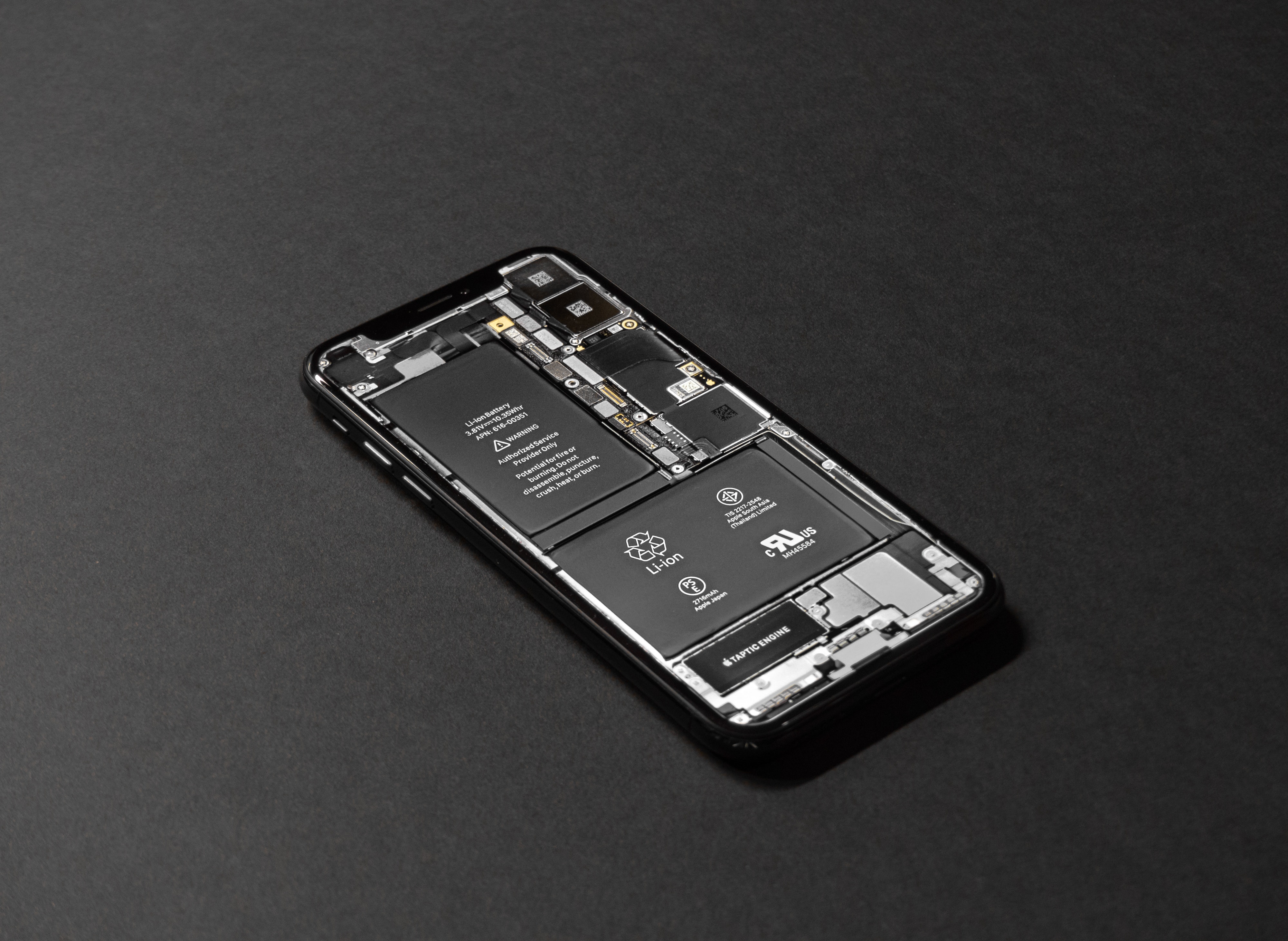Nickel Cadmium (Nicad) is the oldest type of rechargeable battery and is known for being durable. If correctly used it technically has a longer life cycle than other battery types. Its primary disadvantage is the charging problem commonly referred to as the “memory effect.” This occurs from partially discharging and recharging the battery, limiting it to the highest charge level of the last cycle. This effect drastically shortens the lifespan of the battery.
Nickel Metal Hydride (NiMH) batteries offer a higher energy density than Nicad, but this comes at the cost of increased weight. NiMH batteries are nearly twice as heavy as Nicad, but they do not suffer from the memory effect. Instead, they sometimes have a condition called “weak-cell syndrome” where some of the cells can no longer hold power and appear to be charged but die almost immediately when used.
Lithium-Ion (Li-ion) are the preferred type of battery in modern devices because of their high energy density. They do not suffer from memory effect or weak-cell syndrome, but come with an extra cost in engineering. Without properly designed safety circuitry they can experience “thermal runaway” causing a fire. This is the worst possible situation for a product designed for use in explosive environments. The protective features of the safety circuitry must protect against all types of short circuit, excess temperature, and electrolyte leakage. The circuit is designed to immediately shut down if any of these faults occur in the system. Because of the knowledge, expense, and time required to engineer explosive environment products, a limited number of companies achieve this. Nightstick, a global manufacturer of portable LED lighting products, has 50+ products rated for use in explosive environments.
Locate a dealer near you at www.nightstick.com



